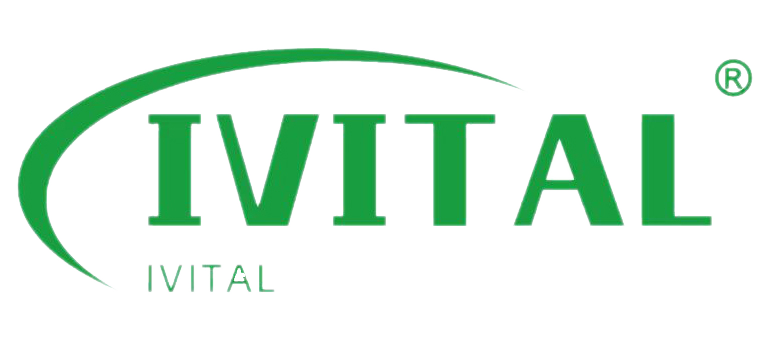We all want our lifting gear to be strong—but what defines safe strength in the eyes of the law and international standards?
Safe Working Load (SWL), now typically called Working Load Limit (WLL), is defined by industry standards as the maximum allowable load calculated by dividing the breaking load by a fixed safety factor.
During an audit last year, we realized two different cranes listed SWL and WLL with slightly different values. The documentation clarified everything—but only because we understood the standards behind those numbers.
[Table of Contents]
- What is the standard definition of Safe Working Load?
- How is Safe Working Load calculated across different standards?
- What are the safety factors used in SWL calculations?
- Is SWL the same as Working Load Limit (WLL)?
- Which standards define SWL in lifting equipment?
What is the standard definition of Safe Working Load?
It’s more than a number—it’s a certified operating limit.
SWL is the calculated limit of force a lifting component can handle safely, under normal conditions, based on a defined safety factor.
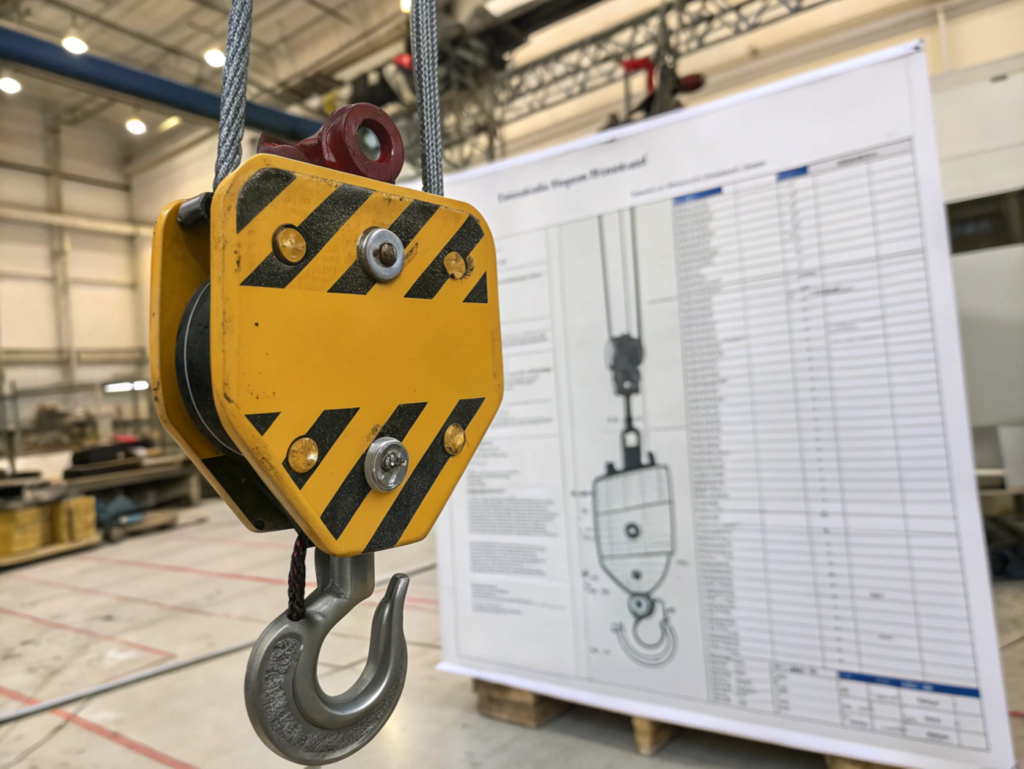
DiveDeeper: The trusted margin
Standards like ISO 7597 define SWL as the result of dividing the Minimum Breaking Load (MBL) by a safety factor. This ensures a buffer between everyday use and catastrophic failure. IVITAL lifting slings and chain systems are tested with this margin in mind—so your operation stays both legal and safe.
How is Safe Working Load calculated across different standards?
Each country or certifying body may use slightly different safety margins.
SWL = MBL ÷ Safety Factor. ISO, EN, and OSHA all apply this formula, with adjustments based on application and risk level.
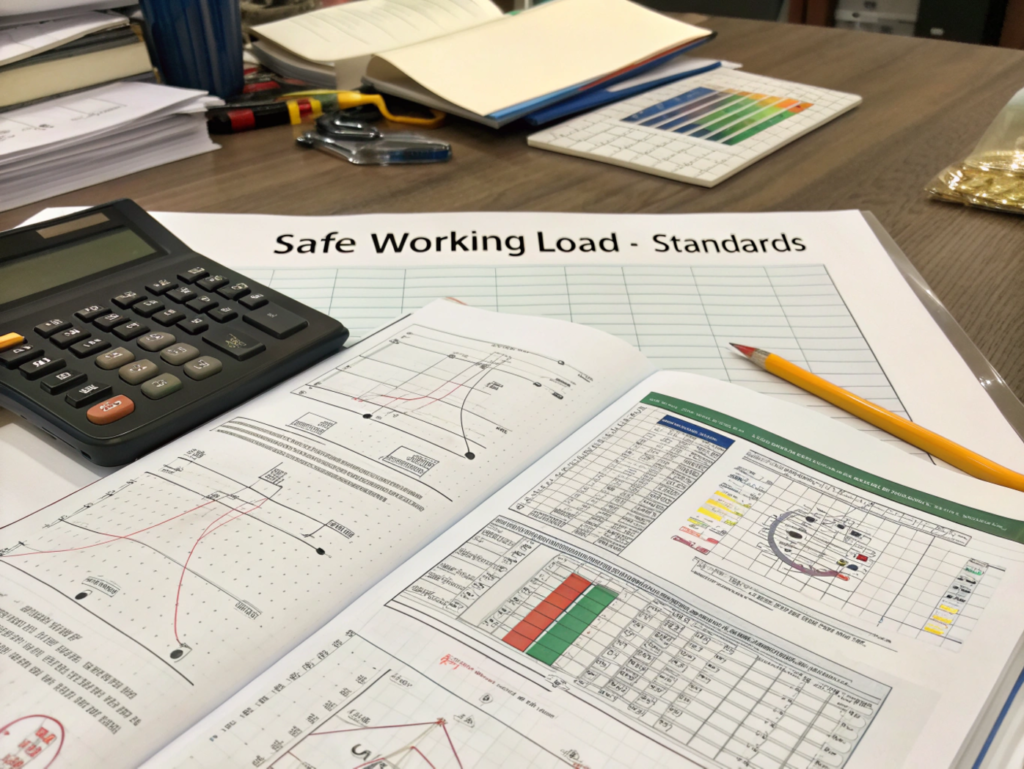
DiveDeeper: The math behind compliance
Let’s say a G80 chain has a MBL of 20,000 kg. Depending on the standard:
| Standard | Safety Factor | SWL Output |
|---|---|---|
| ISO 7597 | 4:1 | 5,000 kg |
| EN 13155 | 5:1 | 4,000 kg |
| OSHA 1910.184 | 5:1 or 6:1 | 3,333–4,000 kg |
Always confirm which standard your gear is certified under. IVITAL provides documentation with each product, matching it to global certifications.
What are the safety factors used in SWL calculations?
They aren’t just numbers—they reflect risk tolerance in real conditions.
Common safety factors range from 4:1 to 7:1, depending on the gear type, application, and exposure to risk.

DiveDeeper: When 5:1 isn’t enough
Rigging used in critical environments like offshore oil rigs may require a 7:1 factor. This ensures safety even with dynamic loads or corrosive environments. In contrast, standard warehouse lifting might follow 4:1. IVITAL’s product spec sheets always disclose the applied safety factor so your audits stay clean and clear.
Is SWL the same as Working Load Limit (WLL)?
The terms are often used interchangeably—but there’s a reason WLL is now preferred.
Yes, WLL is the modern, legally preferred term. SWL is being phased out due to liability implications with the word “safe.”
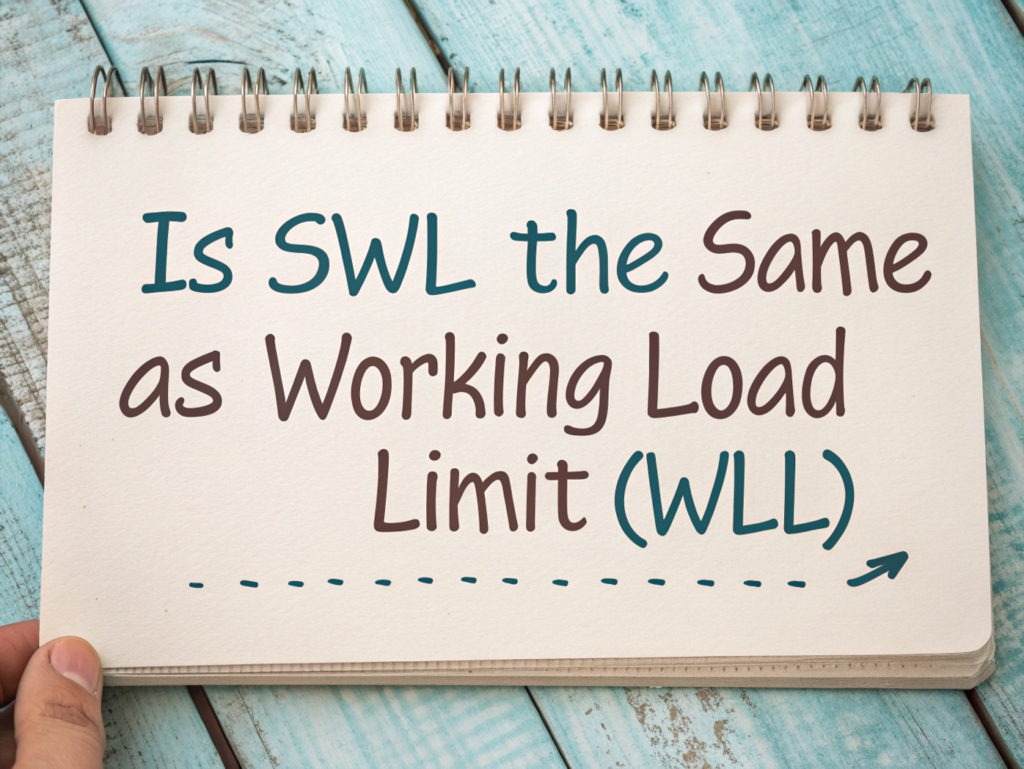
DiveDeeper: Terminology and legal clarity
WLL is now the standard across EN, ISO, and OSHA documents. SWL is still used informally, but in product labeling and certification documents, WLL is more precise. IVITAL lifting chains and slings are labeled with WLL, not SWL, to meet regulatory expectations and reduce legal risk.
Which standards define SWL in lifting equipment?
You can’t enforce what you don’t reference.
SWL (or WLL) is defined and enforced by ISO 7597, EN 13155, OSHA CFR 1910.184, and ASME B30.9 among others.
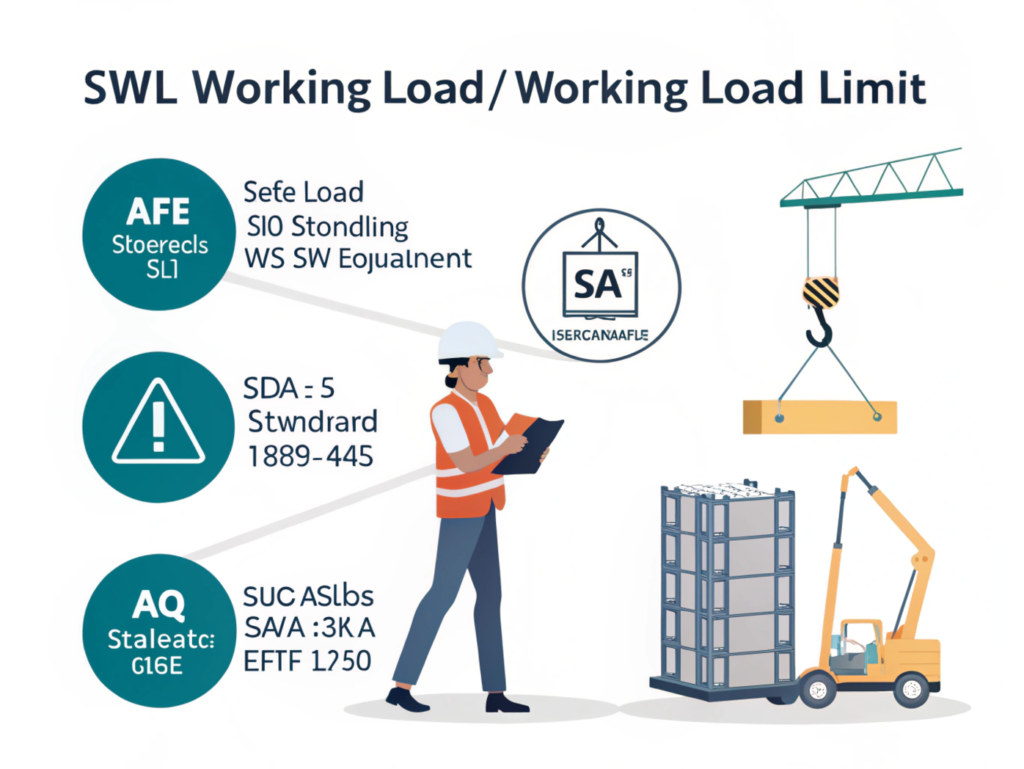
DiveDeeper: Know your reference codes
Procurement teams and safety auditors should be familiar with:
- ISO 7597: Chain slings — WLL calculation and test methods.
- EN 13155: Lifting accessories and their usage limits.
- OSHA CFR 1910.184: U.S. regulation covering slings in general industry.
- ASME B30.9: U.S. lifting gear safety standard for slings.
Every IVITAL component includes labeling and documentation referencing one or more of these standards to simplify audits and technical reviews.
Summary
SWL is defined by safety margins across standards. Always use WLL, check documentation, and match gear to the right standard to stay compliant and safe.
